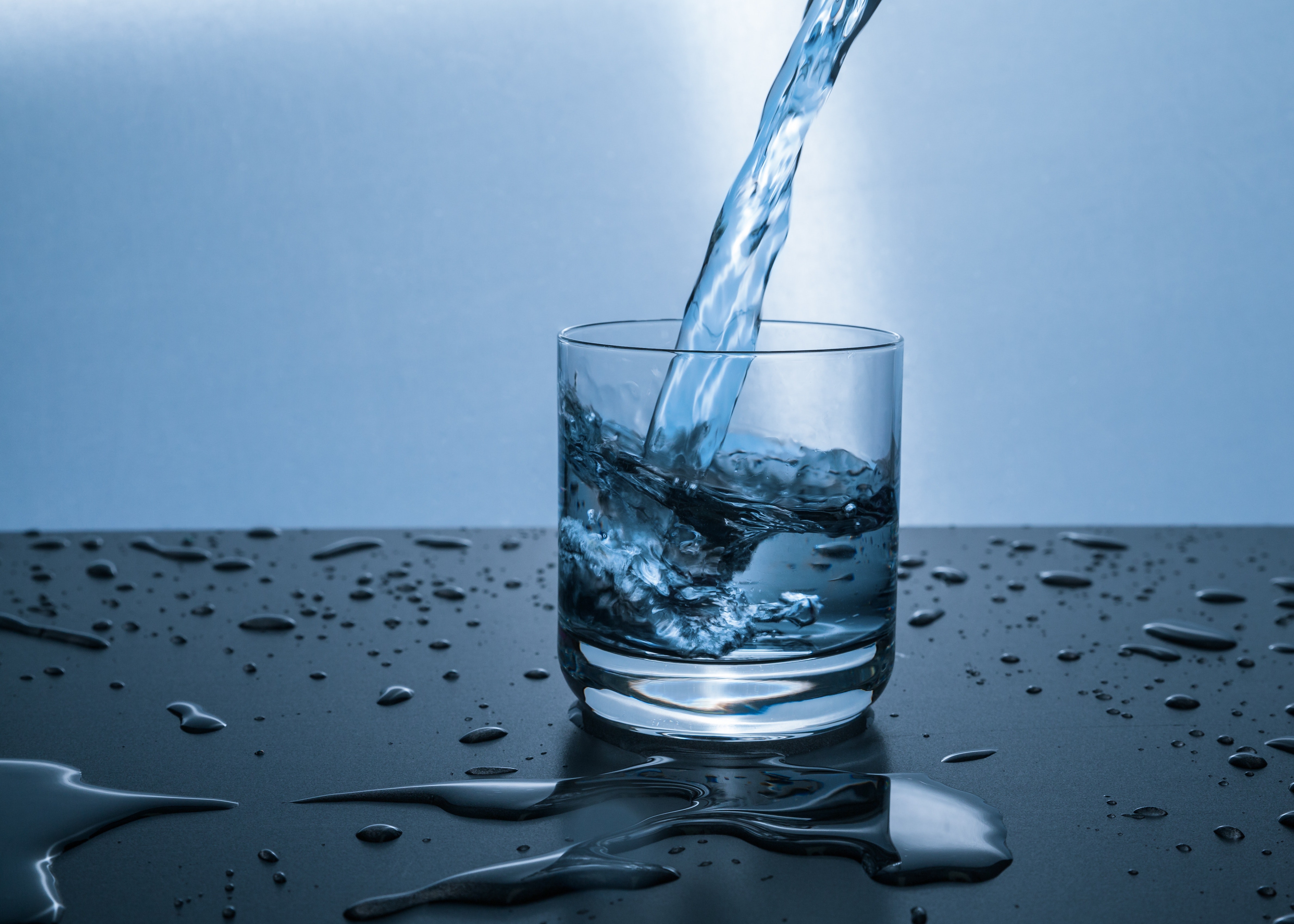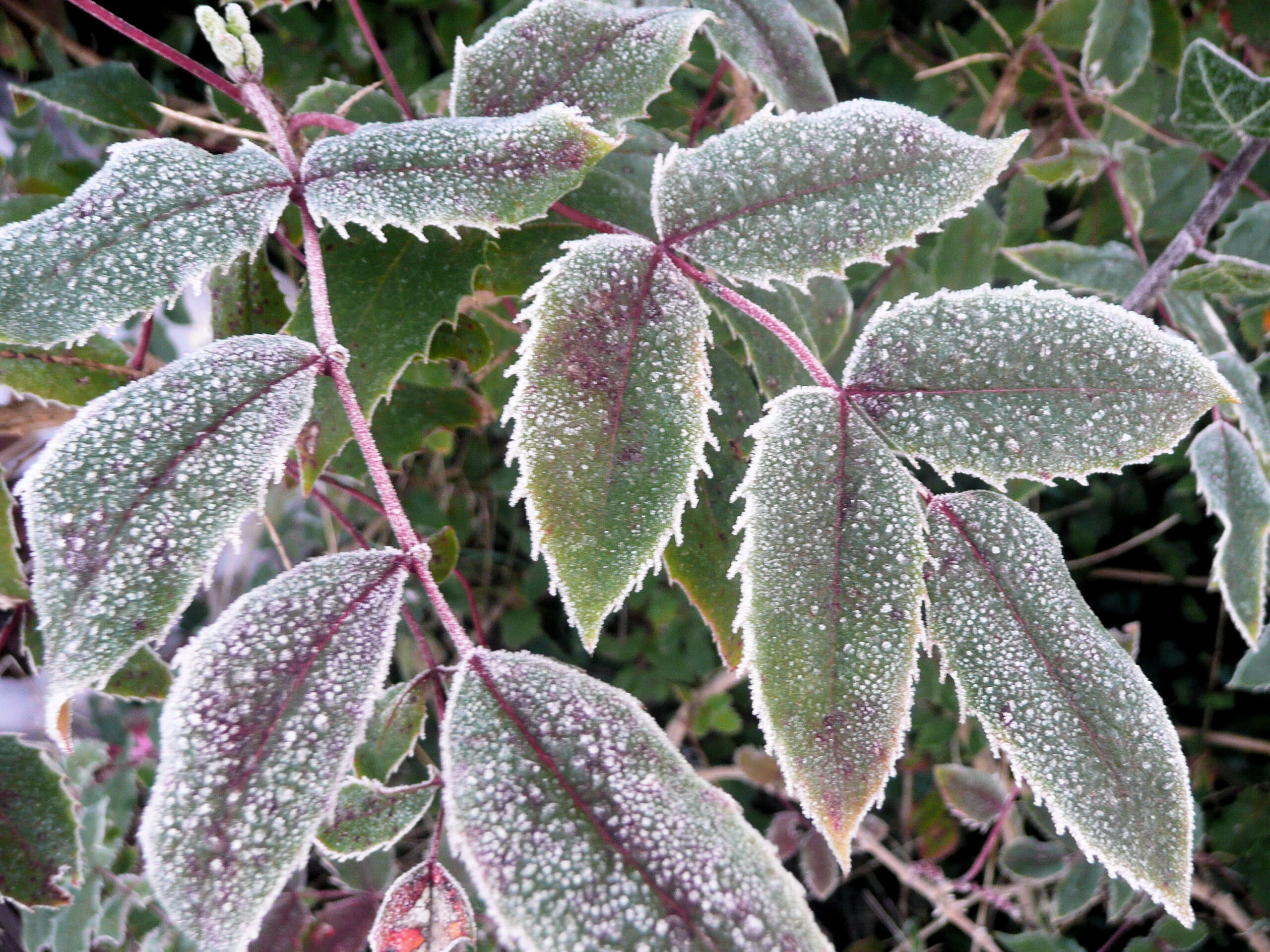By Jessie Walthers, Conservation Program Manager Groundhog Day. Who doesn’t love this most random of…

Maintain Your Septic to Prevent Water Pollution
Did you know that septic systems can be a major source of water pollution? Here are some easy steps you can take to make sure your septic system is functioning properly and doesn’t pollute our local waters.
Septic systems consist of a septic tank and a drain field. Waste water from your home is piped into the tank where it settles into different layers – solid waste on the bottom, liquid in the middle, and a scum on the top. As waste flows into the tank, an equal amount of liquid enters the drain field. The drain field consists of a series of perforated pipes, buried in gravel and covered with un-compacted soil. The liquid from the tank enters the pipes in the drain field and slowly seeps into the gravel and lower soil layers. Components of the soil, including helpful bacteria, break down the harmful microorganisms, organic matter, and solids present in the effluent.
If a septic system is not functioning properly, excess sewage can enter the drain field – further reducing the systems effectiveness. You may not notice any signs on the surface, but harmful waste water could then seep into nearby water sources – the waters where many of us love to swim and fish.
To make sure your septic system is functioning properly and doesn’t contribute to water pollution, follow these four simple tips:
- Have your septic system serviced regularly. Generally, this will include pumping the tank every 2-5 years depending on household size and having the tank inspected for leaks.
- Conserve water in your household to prevent the septic tank from overfilling and discharging too much liquid into the drain field. Remember, for every flush of the toilet, the same about of water enters the drain field.
- Only deposit the necessary waste down your drains. Using garbage disposals with a septic system can result in an excess of solid materials filling up your tank. Flushing tissues, feminine hygiene products, or diapers down the toilet will quickly clog the system resulting in a costly, emergency septic service call. Detergents or additives will also clog the perforated pipe in your drain field and potentially kill off the helpful bacteria working to break down the effluent.
- Avoid compacting the soil covering your septic drain field. Once the soil becomes compacted, it becomes ineffective and cannot be restored.
For more information about septic maintenance and how to keep our waters clean, check out these resources:
Environmental Protection Agency



